Our Lady of Perpetual Help
The Rectory and Roman Catholic Church of Our Lady of Perpetual Help in Bernardsville around 1905. The Rev. Joseph A. Ryan (1870-1929) served as the first pastor (1898-1914), at first without a church. Services were held initially at the Somerset Inn on Mendham Road. The church opened its doors in 1900 with major support from
... Learn moreThe Sad Story of Lurline Drive
Lurline Drive was accepted as a street by Bernards Township in 1962 and is a lasting memorial to Lurline Eberhardt (1925-1948), a young equestrian who tragically lost her life. Lurline was the daughter of Paul W. Eberhardt and Lurline Belk. Her father was a vice president of Walter Kidde & Co., which manufactured fire extinguishers,
... Learn moreMr. ZIP
This Post Office postcard encouraging the use of the 07920 (Basking Ridge) ZIP code is a recent addition to the Historical Society’s archives at the Brick Academy. A gift from Barbara Perkins, the card features “Mr. ZIP” and was found in a house on North Alward Avenue. ZIP stands for the “Zone Improvement Plan,” which
... Learn moreWhat Is It?
When they go to the dump, residents of Bernardsville and Basking Ridge always drive by this strange building at the corner of Pill Hill Road and Ann Street. But what is it? The building is a sewage pumping station. In 1952, the Bernardsville Council authorized $65,000 in bonds for its construction on a three tenths
... Learn moreBedminster Reformed Church
The Bedminster Reformed Church was organized in 1758 and built three churches during its history. The second (photo left) was a wooden structure built in 1818. It stood facing south in the old cemetery on Route 202-206. After a new church was built on Main Street in Bedminster village in 1897 (currently Grace Chapel), the
... Learn moreSomerset Hills Airport
In 1932, Somerset Hills Airport was dedicated, and a commemorative envelope marked the occasion. Postmarked in Basking Ridge, it went airmail of course! The airport was located on the east side of South Maple Avenue at the corner of Lord Stirling Road. The facility was built on the former Walter E. Fenner (1885-1965) property. A
... Learn moreMartha Bell, Post Office Horse
In the early years of the 20th century, mail was delivered in Basking Ridge by horse and cart. The inscription reads “ ‘Martha Bell’ after 6 years service on Route 1, Basking Ridge, NJ” (Nettie Allen Collection). The post office started experimenting with Rural Free Delivery (RFD) in the late 19th century and expanded it
... Learn moreBasking Ridge in Revolutionary Days
Passages from the memoir of Eliza Susan Morton Quincy (d. 1850) were reprinted in this memorable booklet by the Basking Ridge Historical Society (now The Historical Society of the Somerset Hills) for Bernards Township’s 200th anniversary in 1960. Eliza’s father, John Morton, brought his family to Basking Ridge in 1776 from New York City to
... Learn moreSomerset Hills Peaches, 1886
Peaches became a major cash crop in the Somerset Hills during the late 19th century. Farmers gained new markets with the arrival of the New Jersey West Line Railroad in Bernardsville (1872) and the Rockaway Valley Railroad in Pottersville and Gladstone (1889-90). Railroads were used to ship peaches and other commodities to cities all along
... Learn moreSanborn Insurance Maps
Sanborn Fire Insurance maps provide a treasure trove of local historical information and may be accessed free on the Library of Congress website. Originally created to allow fire insurance companies to underwrite properties, the maps provide detailed historical views of many cities and towns. https://www.loc.gov/item/sanborn05418_002/ Olcott Square, Bernardsville, is shown on this 1909 map. There
... Learn more
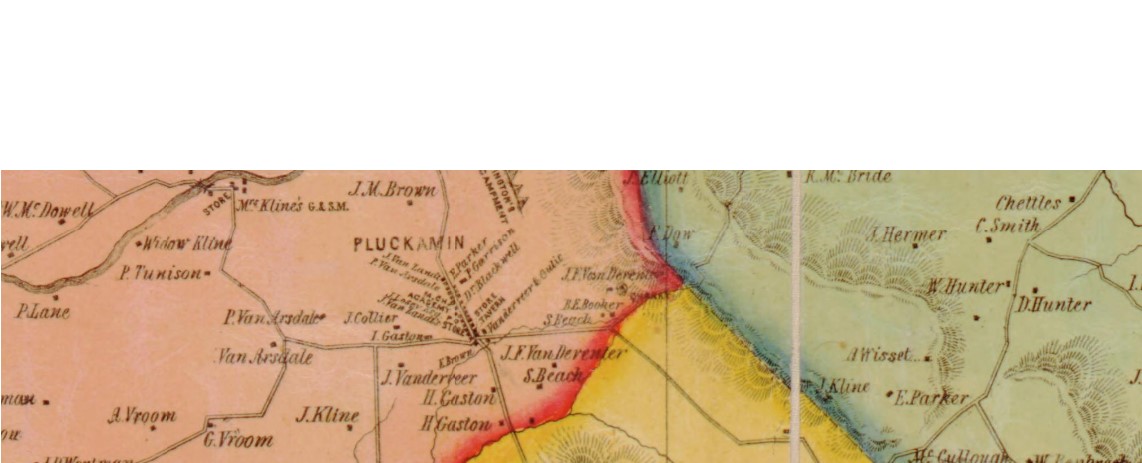


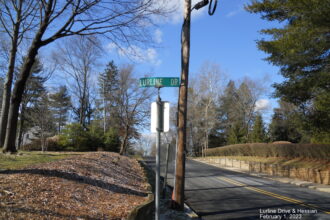






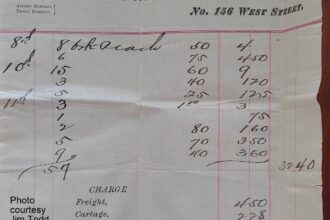


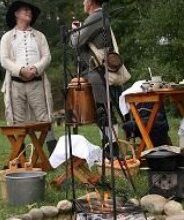
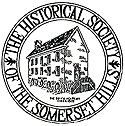
Hi Joseph, Maybe they were standard in Jersey City, but these were tiny for Bernards Twp. I’ve always heard them…
Not sure where you got your information about "picnic" lots, but a 25' x 100' lot was a standard size…
The trust bought the open land (athletic fields and woodland). The site of the buildings was sold to a developer.
I hope the open space will still be preserved. Did the trust own the mansion when it was demolished?
What a generous gift to the community.